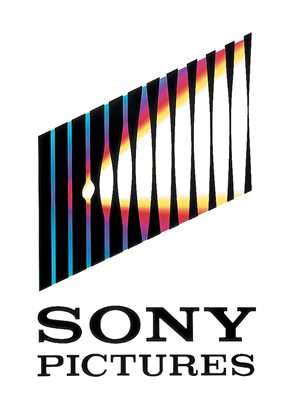
Sony Pictures has become the next-to-last Hollywood studio to sign a virtual print fee (VPF) agreement with DCIP, the digital cinema integrator representing the three largest US cinema chains (AMC, Regal and Cinemark). This should help DCIP re-start the intended 3 1/2 year roll-out of digital cinema to all of its screens as of this summer, when credit is predicted to start flowing again. Variety only did a brief item on the announcement, covering the bare basics:
Sony’s deal with the Digital Cinema Implementation Group, a consortium repping Regal, AMC and Cinemark, means that Warner Bros. is the odd man out. Every other major, as well as Lionsgate, has already signed its own agreement with DCIP.
DCIP intends to use the studio deals as collateral in securing a multimillion-dollar line of credit that theaters can use to pay for the cost of the conversion. Those efforts have been sidelined by the economic crisis.
THR.com went a little more in depth with the analysis and implications, particularly as to why Warner Bros might be holding out:
“We’re in the middle of negotiations,” Warners domestic distribution president Dan Fellman said. “We’re close. So we might be the last one, but we’re going to get there.”
Sony signed its VPF pact with Digital Cinema Implementation Partners several weeks ago, but the news was delayed pending internal review of the formal announcement.
Through VPFs, studios volunteer to pay the equivalent of print costs for years after switching to digital distribution as a means of defraying most exhibitor costs to convert auditoriums. Sony refers to its VPF as a “digital conversion fee.”
For Warners, set to release more films this year than any other distributor, the cost of a VPF is likely to run considerably higher than that for studios with lower annual output. Sony also is among the most prolific film distributors.
Neither of the two articles makes an explicit link between the SPE-DCIP deal and the earlier announced deal between DCIP member AMC and Sony Electronics to equip its cinemas with SXRD 4K projectors. While the SPE deal would not have been contingent on the AMC-4K deal, it most likely didn’t hurt and may have acted as a sweetener.
So what does WB have to hold out for? Noit much. Coming in last amongst all the studios means that the it will benefit from whatever best terms have been previously agreed under the Most Favoured Nation (MFN) provisions that states that DCIP cannot offer a better deal to a future studio unless those terms are offered retroactively to those already signed.
This means that DCIP will be resisting getting squeezed on VPF terms by WB, who in turn (as the biggest releaser of 35mm prints) will have seen the price of celluloid prints [acetate prints actually, as true celluloid was phased out decades ago, only ‘Acetate Junkie’ doesn’t sounds as good; Ed.] drop significantly as Kodak offers cheaper and cheaper film stock prices to maximise what is left of the film print stock business. Why pay a VPF of, say, $725, when a print has dropped to, say, between $600 and $500. Particularly in these times of plunging DVD sales.
If DCIP want to blame anybody for the delay in Warner Bros signing a VPF deal, the telephone number for Kodak’s switchboard in Rochester, NY, is 1-800-621-FILM. See how far you get arguing with a sunset industry.